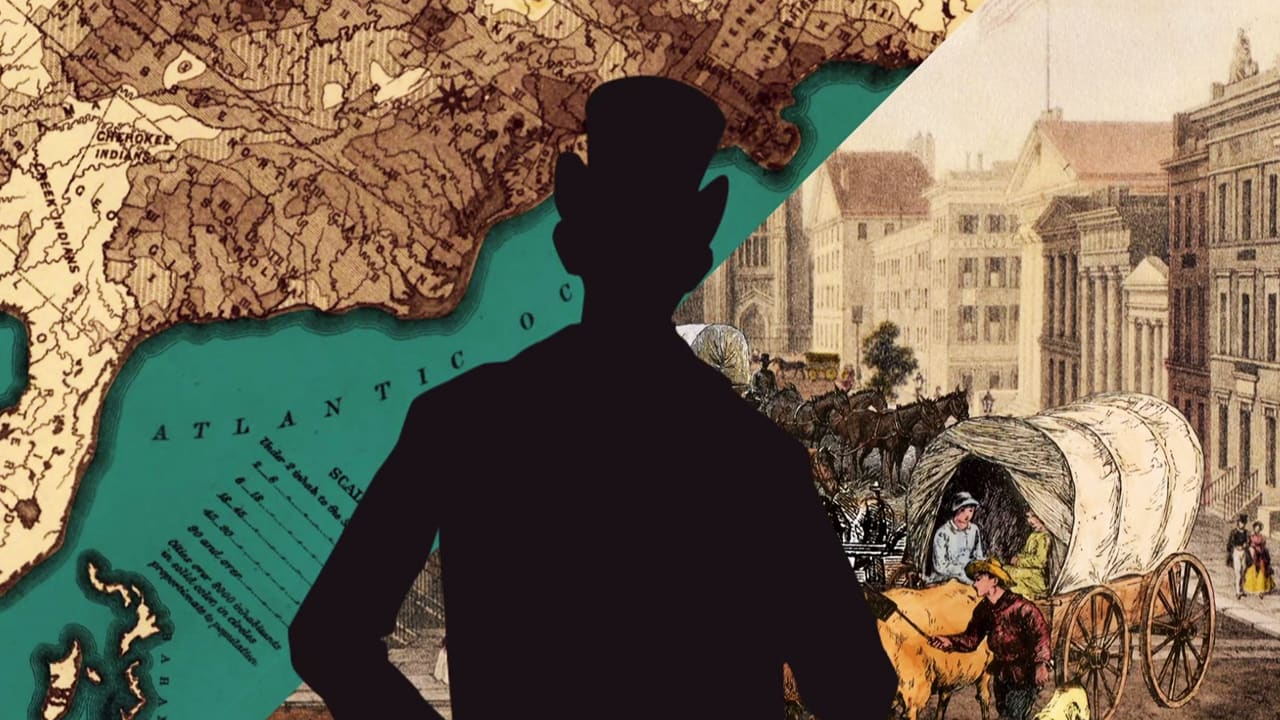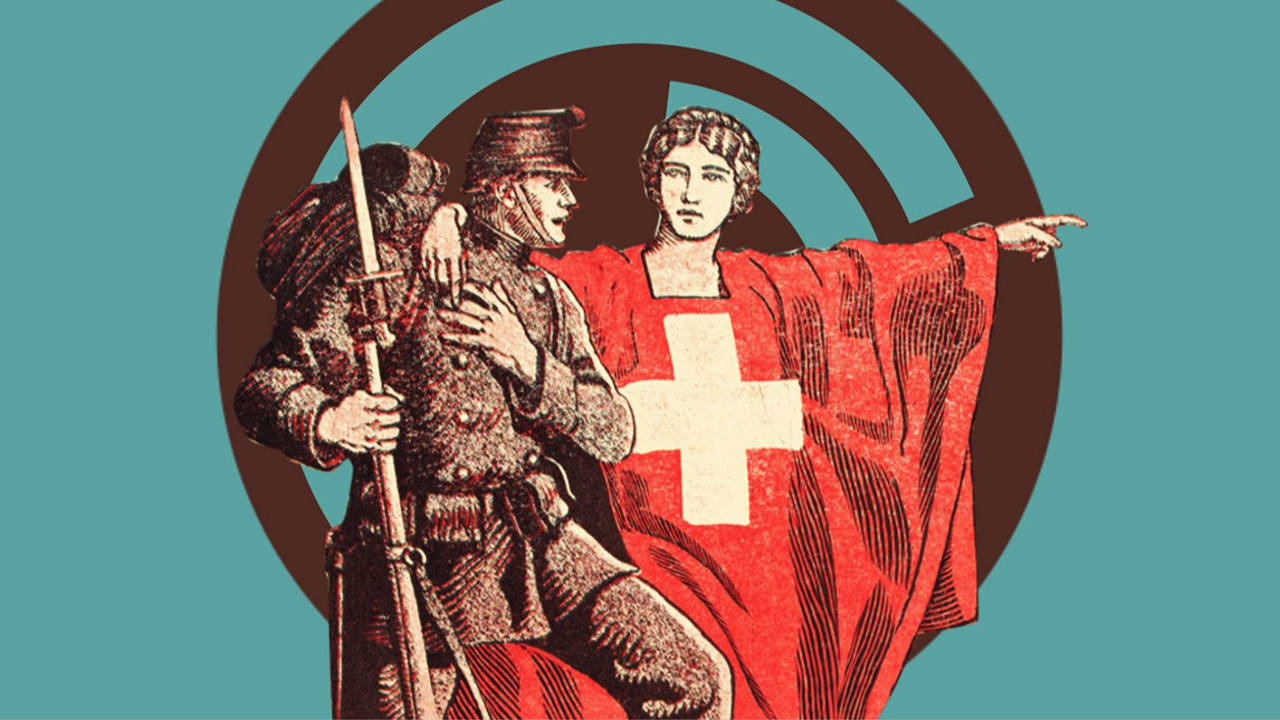chapter 2.
On 15 April 1798, Geneva signs the Traité de Reunion, with France. Geneva becomes the Prefecture of the Département Mont-Blanc and is quickly integrated into the French Republic. Jean-Gédéon Lombard, one of our founding fathers, is amongst the eleven signatories to the treaty. What motivates him to sign?
Despite some protests, the annexation is done peacefully. A few leading families retire to the countryside but most support the French administration and many enlist into the Imperial Army. Jean Gédéon Lombard negotiates hard for his City and is not only able to put the former republic’s wealth, estimated at 4.4 million Guilders, into the independent “Société Économique” but also exempts the town’s young men from military duty. Everybody expects that the opening of the large French market will revitalise Geneva’s economy.
Being part of France changes the bank’s business model. Henri Hentsch, the former textile trader, is intrigued by the new business opportunities with the French government, while Jean Gédéon Lombard, remains cautious. The association between these two prominent figures in our history takes an end less than two years after the treaty signing in April 1798. Hentsch wants to work with the bank’s balance sheet whereas Lombard wishes to stay focused on commission income.
Going forward, the now independent Banque Hentsch becomes an agent to Bonaparte, handles the Grand Army’s cash and remittances and ventures into underwriting, distribution and holding of French Government Securities. Jean-Gédéon Lombard teams up with his brother in law, Jean Jacques Lullin and creates Lombard, Lullin et Cie. The bank focuses on discounting and changing bills of trade for travellers and Geneva’s local businesses.
Contrary to expectations, the union with France does not bring the hoped for economic recovery. The City’s manufacturers suffer from lack of raw materials and the textile industry faces strong competition from Mulhouse and Lyon . The export oriented watch industry is strangled by the continental blockage and loses its lucrative markets in Russia, England and Asia. Instead of recovering, Geneva’s business is shrinking. Many shops have to close. The City’s citizens lose their jobs.
One hundred years earlier, Geneva’s bankers become wealthy with the financing of Louis XIV’s wars and extravagant spending (Versailles). No such opportunity exists under Napoléon. Never willing to pledge his tax revenue to government bond holders as the English do so successfully through the Bank of England, Napoléon is forced to finance his wars with taxes. There is little financial activity for Geneva. Consequently, Hentsch moves his operations to Paris, where he incorporates a new bank under the name of Hentsch, Blanc et Cie. in 1812. With the restoration of the French Monarchy after 1815, Hentsch, Blanc et. Cie. becomes one of the big names in the Haute Banque system.
Banking is equally tough for “Lombard, Lullin & Cie. The Corsange bankruptcy in Lyon in 1801 ruins Jean Jacques Lullin and costs Jean Gédéon Lombard the huge amount of 30,000 Livres. But the bank stays in business albeit with much reduced levels of profitability.
Despite years of hardship and a challenging business environment, our founding fathers do not try to speculate their way out of demanding times but focus on building sustainable businesses. The foundation is laid for the prosperous expansion after 1815, which makes Geneva a financial hub of paramount importance, connecting the City to Paris and overseas.







share.